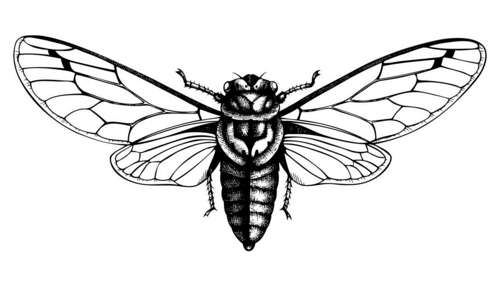
Many of Cicada 3301’s puzzles were initially presented as cryptic images. Solvers were required to examine these images closely, searching for hidden clues, messages, or ciphers. Some images contained QR codes that, when deciphered, directed participants to new puzzles or web pages. Others concealed information through visual tricks and steganographic techniques, such as concealing text within the pixel data.
The challenges were not limited to visual elements; some included audio puzzles. Some of these puzzles involved spectrograms, where the visual representation of sound waveforms concealed hidden messages or codes. Participants had to use specialized software to convert the audio data into images and then analyze them for clues.
The puzzles often incorporated references to classic literature and books. Solvers were required to identify specific passages from literary works or historical texts related to the theme of the puzzle. These references were used to unlock further steps in the challenge, testing the participants’ knowledge of literature and ability to make connections.
Cicada 3301 frequently employed cryptographic ciphers to encode messages. Solvers encountered a wide array of ciphers, including Caesar ciphers, Vigenère ciphers, and more complex algorithms. Decrypting these messages often served as the key to unlocking the next stage of the puzzle.
Participants were also often led to various websites and online resources, which they had to dissect and analyze for hidden information. This could involve examining the source code of web pages, identifying patterns in URLs, and finding links to hidden or password-protected content.
A hallmark of Cicada 3301 puzzles was their layered complexity. Solvers would often need to solve multiple puzzles, one leading to another, creating a multi-step process that gradually revealed the ultimate solution. This layering increased the challenge and required participants to remain vigilant and persistent.

